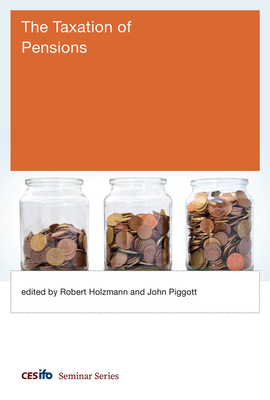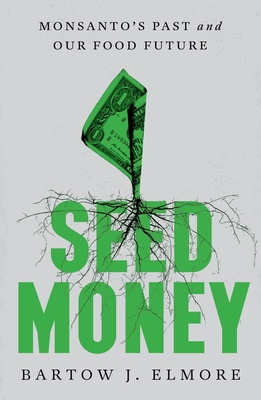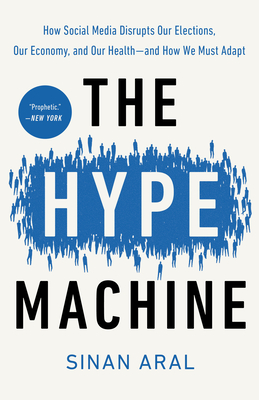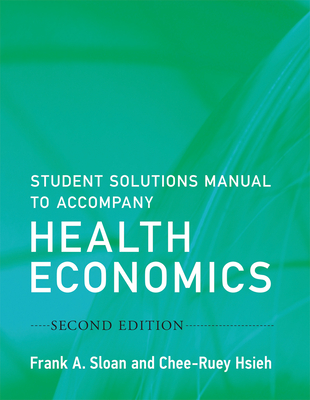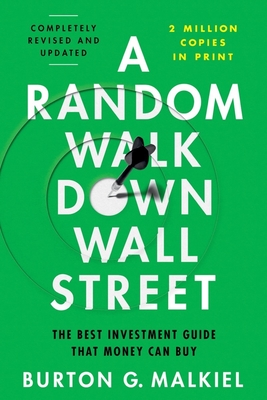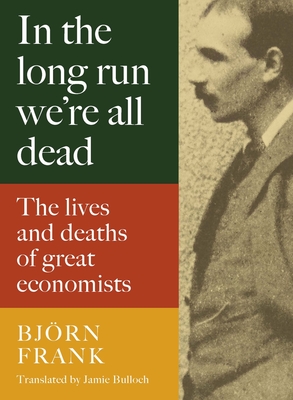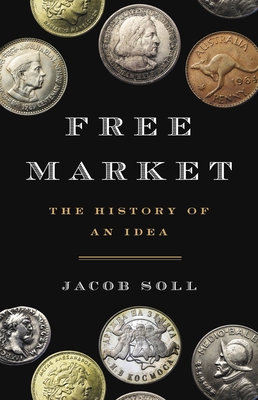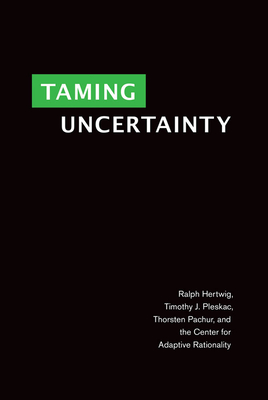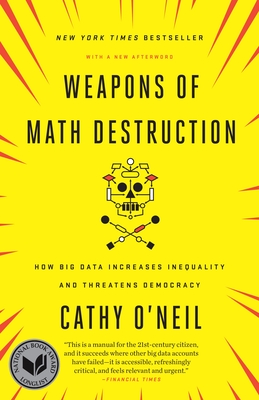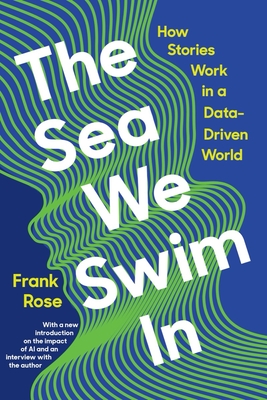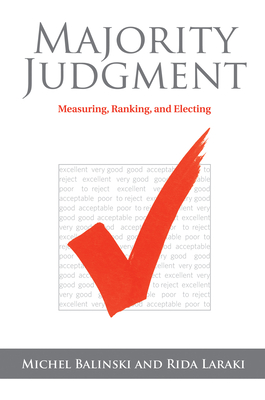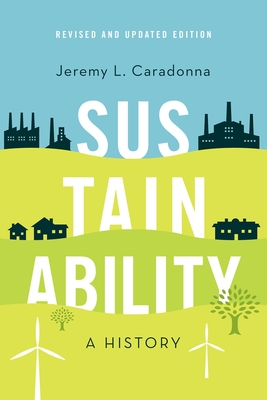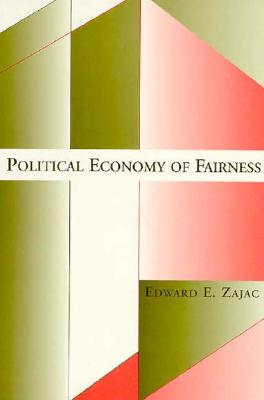
Political Economy of Fairness (Mit Press)
Description
Political Economy of Fairness covers the main advances of fairness theory, providing a vocabulary of concepts and terms that will allow more efficient and informed communication about policy.
How should the government balance the aims of justice and economic efficiency when intervening in the economy? In Political Economy of Fairness Edward Zajac seeks not only to raise the level of the fairness-economic efficiency debate, but to show both the importance and the difficulty (illustrated by the ongoing struggle of the Supreme Court to put meaning into the Sherman and Clayton antitrust acts) of getting the economic theory right in executing fairness-motivated policy. He also reveals both the pervasiveness of government interference in the marketplace and the generality of the stakeholders-fairness-efficiency paradigm as an organizing framework for identifying and analyzing the interaction of the major elements in the policy debates. Political Economy of Fairness covers the main advances of fairness theory, providing a vocabulary of concepts and terms that will allow more efficient and informed communication about policy. It explains these sometimes quite difficult concepts in clear language with maximum appeal to intuition and little mathematics and reviews the experimental work of economists as well as the more standard approaches of moral philosophers.
Part I looks at how economists understand and commonly define the concepts of efficiency, costs, prices, exit/entry, externalities, public goods, firms, risks and incentives, and principal-agent theory. Part II reviews fairness theory, including the basic elements of the theories of John Rawls, Robert Nozick, utilitarianism, and superfairness, and the extensive work of experimental economists to develop positive theories of fairness. Part III covers economic theories of regulation and government intervention, introducing the different concepts of taxation, cures for market failures, theories of public choice, and rent seeking. Zajac concludes this part by observing that incentive-compatible regulation appears to economists as the most promising approach to government intervention.The book closes with several case studies that illustrate recurrent themes in regulation and policy. The case studies include progressive taxation, unfair pricing (cross-subsidization and predatory pricing and dumping), mergers and acquisitions, and health, safety, and environmental regulation.


